.png.transform/rendition-xs/image_image%20(1).png)
Majorero Cheese, The Quintessential Fuerteventura
At first glance, Fuerteventura seems to be a desert surrounded by vast beaches, but inland it is home to the local goat population, providing milk for the island's most famous delicacy, Majorero cheese. Cheese production has been safeguarded since 1996 under the Queso Majorero Protected Designation of Origin. If you venture into the countryside where it is made, you will be rewarded by getting to know the people who have been living in these desolate pastures for centuries
The capital of Fuerteventura, Puerto del Rosario, is the gateway to this unusual island of desert landscapes. Until the late 18th century, the city was called Puerto Cabras (literally, the port of goats) because it was where local livestock farmers took their goats to graze. In Puerto del Rosario you can visit the House and Museum of Miguel de Unamuno. This Spanish writer and philosopher was exiled in 1924 to this faraway island, whose geography he compared to a sleeping camel's hump.
From Puerto del Rosario take the FV-20 road that passes through Casillas del Ángel, where you can see a medium-sized traditional cheesery, La Suerte del Ángel. It produces a range of cheeses: tierno (ripened for between 8 and 20 days), semicurado (ripened for between 20 and 60 days) and curado (ripened for over 60 days). All these pressed curd cheeses are made from fresh goat's milk and are normally coated with pimentón (a kind of Spanish paprika), olive oil or gofio, a toasted cereal flour typical of the Canary Islands.
These cheeseries normally have their own herd of Majorero breed goats, with their distinctive color coats, horns and long legs. There are many types within the same breed, with names that reflect their characteristic physical features, such as blanca, rubia, melá, culeta, frontina, careta, pupana, berrenda and morisca.
Cheeses and sweets
Very close to Casillas del Ángel is the town of Ampuyenta, with the Ermita de San Pedro Alcántara (a small chapel) and a set of attractive 19th farm storage buildings. This town is home to one of the best known restaurants on the island, Fabiola, where the Belgian chef Eric Bisschop holds sway in the kitchen.
Eric, who swapped Brussels for Fuerteventura over a decade ago in search of peace and quiet, firmly believes that Majorero cheese is perfect eaten on its own, although he sometimes likes to combine it with sweet flavors, ice creams and he occasionally uses it in salads. This chef is passionate about the island's locally-grown organic vegetables, such as tomatoes and potatoes. His favorite ingredients for preparing dishes include fish such as wreck fish (known locally as cherne), which he serves smoked and filled with sweet potato grown on Fuerteventura, accompanied by a mustard sauce. From Ampuyenta you can take the asphalted but narrow local road, leading to Almácigo, a small rural enclave for admiring the traditionally built one-storey houses with stables that are home to both goats and camels. The latter were used for centuries for pulling farm vehicles, although this is an unusual sight nowadays.
From Almácigo the route takes you to the beautiful stony plains of Llanos de la Concepción, where you take the FV-207 to Tefía and the La Alcogida Ecomuseum, which recreates a traditional Fuerteventura farming settlement. The town is also a good place to visit one of the few wineries on Fuerteventura, Vinos La Alcogida, which works with local Canary Island grape varieties such as Listán Negro and Negramoll.
In La Oliva, in the north of the island, the Museo del Grano de La Cilla tells visitors about the history of cereals and grains on Fuerteventura, often referred to as "the granary of the Canaries". Your next stop is Villaverde, the location of one of the island's two industrial cheese factories, Guriamen, which works with pasteurized milk collected from dozens of shepherds registered under the Queso Majorero Protected Designation of Origin.
In Villaverde, the Hotel Rural Mahoh, a traditional Majorero house, gives you the chance to savour dishes such as goat puchero (a vegetable and meat stew). If you want to return to Puerto del Rosario you can do so by taking the convenient and fast main road cutting through the Corralejo Nature Park, a landscape that combines a sparkling clear sea with white sand dunes and the protected volcanic area of Malpaís, from where you can see the little island of Islote de Lobos.
'Sal de espuma', the Finest Salt
The island of Fuerteventura has many natural salt pans. A number of factories were built to make better use of this rich and valuable resource, particularly during the 20th century, but nowadays the only active one is Salinas del Carmen on the coast near Antigua. The factory has a museum explaining how they harvest and process Fuerteventura sal de espuma, which is the local name for fleur de sel sea salt, as only the top layer of salt is harvested from the salt pan. This salt has a high iodine content.
This natural additive has been vital for producing Majorero cheeses and for preserving the local salted fish, known as jareas, as well as for preparing quintessentially Canary Island dishes such as papas arrugadas, potatoes boiled in water with plenty of salt and eaten with mojo, a sauce that can be green if made with parsely and coriander, or red if made using peppers.
You can eat these dishes in a restaurant near Salinas del Carmen called Los Caracolitos. The restaurant terrace has fantastic views over the salt pans and the sea. The atmosphere is friendly and welcoming, and you can try escaldón de gofio, a creamy mixture of toasted maize flour and stock, served with either fresh or salted locally caught fish.
Grand Masters of Cheese
Carmen Rodríguez is one of the cheese-makers who uses sal de espuma to ripen her cheeses. Her cheesery, Crigonay, is in Valles de Ortega, only a few minutes away from Las Salinas. Carmen has been in this business for 40 years and makes two or three cheeses every day with the milk she gets from her 80 goats. In the morning she makes the curds and by midday she has prepared the cheeses in moulds that from the side look like plaited palm leaves.
She coats the surface with a layer of sea salt and in the afternoon she turns them so that the ripening process can begin the following day. She sells everything she produces in her own cheesery to loyal customers who love the delicious flavor of her cheese, which she attributes to the high quality milk she uses. She feeds her goats on millo (the local name for maize grains) and alfalfa hay, a diet complemented with root vegetables, minerals, broom and other small plants that the goats graze on out in the pastures.
Julián Díaz is a cheesery in Tiscamanita, a pretty village set amongst volcanic cones on the road from Valles de Ortega towards the south of Fuerteventura. He is the third generation of livestock farmers to run the business and is keen on innovation. He has a herd of 400 goats and modern facilities where traditional secrets are still followed. He produces 20 tons of cheese very year, which is all sold from his own home, which you can find by asking any of his neighbors.
In this area in the heart of Fuerteventura, the gentle landscape of rolling hills and stony desert is dotted with herds of goats and two kinds of wind mills, the round, cone-shaped "Molinos Machos", imported from the Spanish meseta in Castile, and the "Molinas" with sails mounted on wooden bearings.
In Tiscamanita there is an interpretation center where you can see the inside of a mill and find out how the staple food in the Canary Islands, gofio, is made. This flour, usually made using toasted maize or wheat, features in the daily diet of many Majoreros. They have it with milk in the morning for breakfast or made into a dough, like bread, to eat with their meals.
The most common crop over the last few years on Fuerteventura has been aloe vera, which you can see growing in Valles de Ortega on the plantation owned by the company Savimax and in Tiscamanita on land owned by Avisa, where you can visit the production facility.
The Ancient Art of Salting
Traveling south from Tiscamanita, the town of Tuineje is only a few minutes away, home of the island's main cheese making industry, Maxorata, from where cheese is exported to a range of European and American countries and even to Japan and Australia. But cheese is not the only product made on Fuerteventura, fish is another of its culinary gems. It is worth stopping at the gas station at Tuineje and asking for one of the most experienced Majorero fishermen, Miguel, who since childhood has been an expert at the art of jareado, the local term for the process of cleaning and cutting fish, and then salting it and drying it in the sun.
This technique makes for a stronger flavor and gives the fish from the waters around the Canary Islands a firmer flesh. One such fish is the vieja (parrot fish), which is normally dark red or silvery in color. Eating a parrot fish jarea, simply cooked or roasted, is like having your taste buds whisked back in time through the history of the ancient art of salting.
From Tuineje, leaving the road that leads to the historic rural town of Betancuria, take the road to Pájara, a town where visitors are greeted by a sculpture in honor of the goatherd. This town, founded by shepherds and fishermen, is surrounded by beautiful abyssal mountains that make you feel as if you were in an ocean landscape. The deserted mountains are swept by the trade winds, which provide the soundtrack to any traveler exploring Fuerteventura.
One option for enjoying a relaxing evening and a quiet dinner is Casa Isaítas, a rural guest house in the centre of Pájara, but first, we recommend you go and watch the sunset in one of the most remote and little-known places on the island, Cofete, on the Jandía headland.
Cofete is home to the annual festival of La Apañada, one of the most amazing spectacles in Majorero livestock culture. The tradition dates back to the island's previous inhabitants, the majos, and consists of driving the livestock from different points on the nearby mountainsides along crags and narrow paths to the gambuela (a round stone structure) on the beach, where the goats are grouped for branding and distributing amongst the herders. This festival is held in July every year and is open to any walking enthusiasts who want go along.
Taking the FV-605, which joins the FV-2 to Morro Jable, you reach one of the best places to enjoy views over the beach at Cofete, known as Mirador de los Canarios. To get to the viewpoint, you need to ask permission from the owner, a lady who lives in a nearby house. This may seem like a nuisance but it is worth it when, after a climb up to the top of the mountain, the view of the vast unspoilt beach of Cofete opens up in front of you. Its golden sand and the mist wafting over the mountains at dusk give this fantastic island an even greater air of mystery.
The capital of Fuerteventura, Puerto del Rosario, is the gateway to this unusual island of desert landscapes. Until the late 18th century, the city was called Puerto Cabras (literally, the port of goats) because it was where local livestock farmers took their goats to graze. In Puerto del Rosario you can visit the House and Museum of Miguel de Unamuno
Yanet Acosta/©ICEX
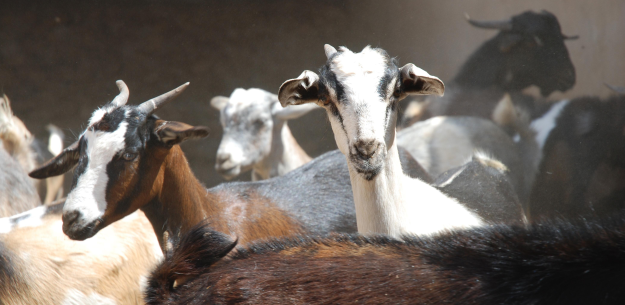
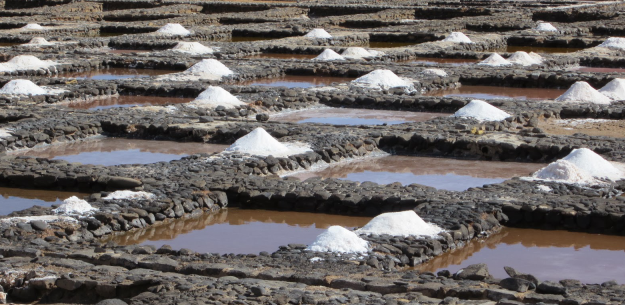
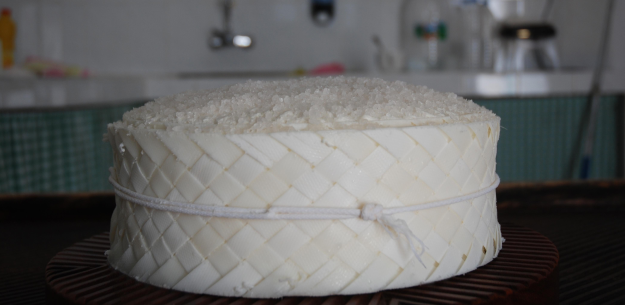
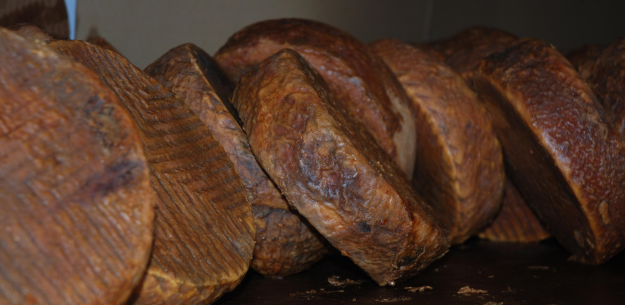
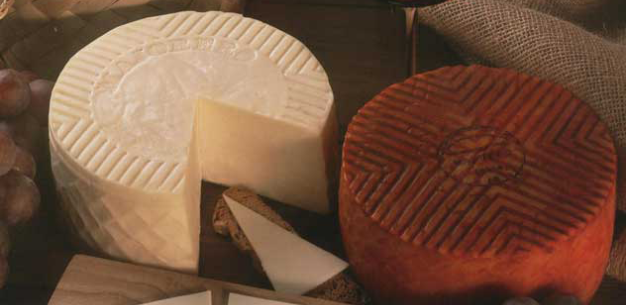
- Image1
- Image2
- Image3
- Image4
- Image5


